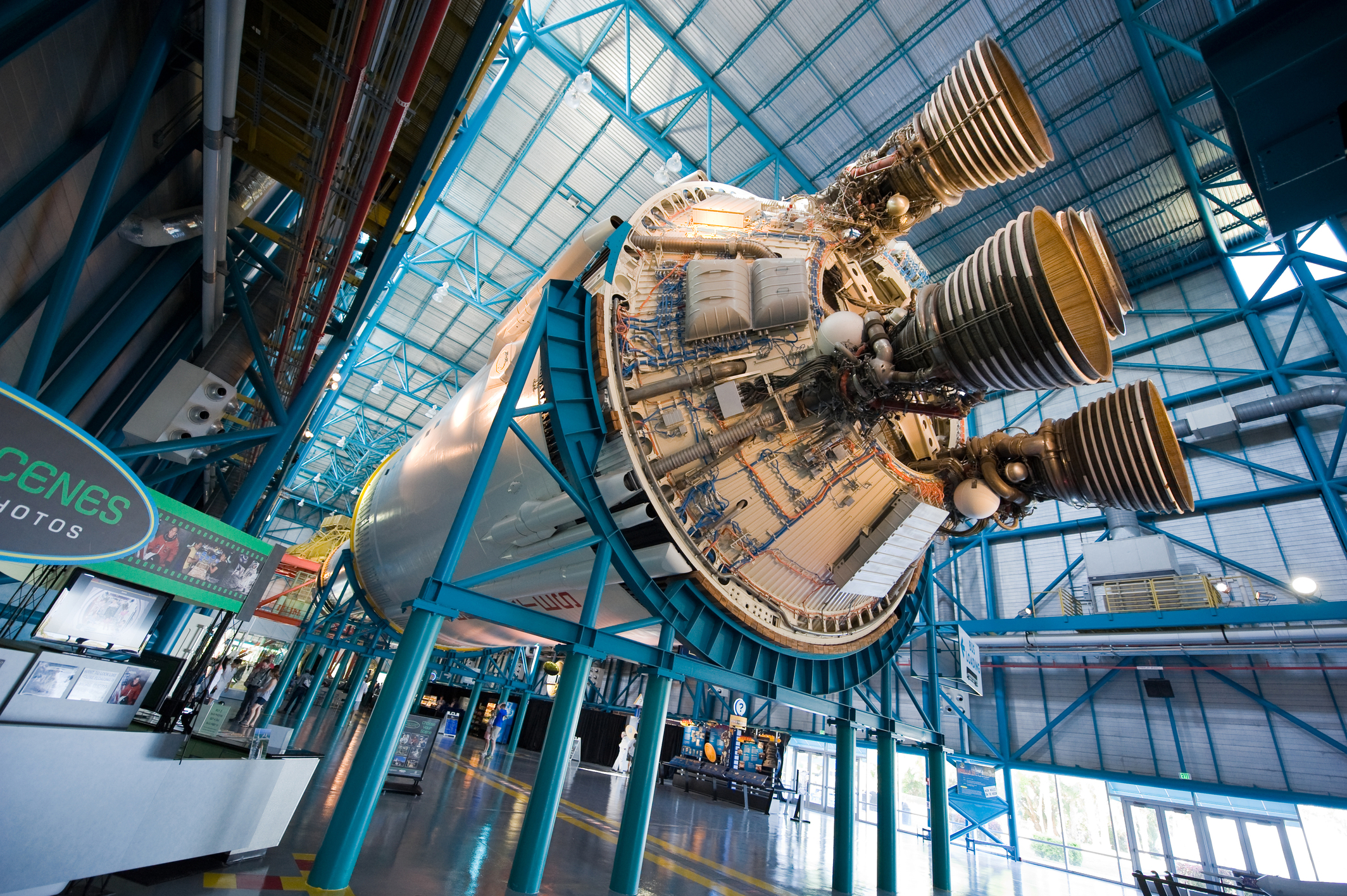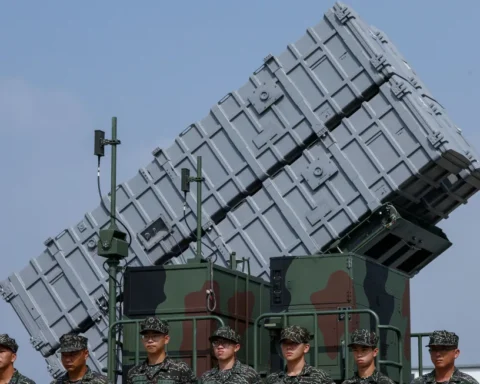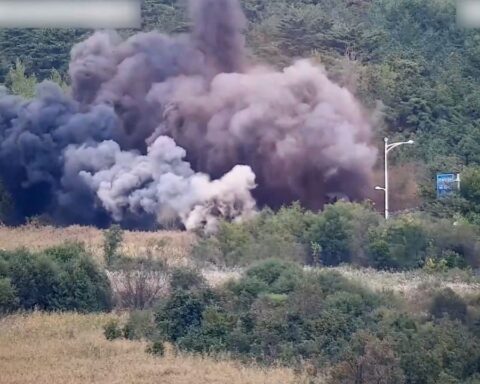Boeing’s Starliner spacecraft has successfully launched its first crewed flight, marking a historic moment after a decade of development. On Wednesday, the spacecraft, carrying NASA astronauts Butch Wilmore and Suni Williams, lifted off from Cape Canaveral Space Force Station aboard an Atlas V rocket. This event, streamed live on NASA’s website, signifies a pivotal step for the United States in its ongoing space exploration endeavors, challenging the dominance of SpaceX’s Crew Dragon capsule.
A Historic Launch
The third attempt proved successful for the Starliner mission, highlighting the resilience and dedication of the team behind this ambitious project. Veteran astronauts Wilmore and Williams embarked on their journey to the International Space Station (ISS) amidst favorable weather conditions, with a 90% likelihood of a successful launch. NASA Administrator Bill Nelson emphasized the significance of this event, placing it among the iconic firsts in U.S. space history. “It started with Mercury, then with Gemini, then with Apollo, the space shuttle, then (SpaceX’s) Dragon — and now Starliner,” Nelson remarked during a May news conference.
Technical Triumphs and Challenges
The Crew Flight Test mission is a testament to Boeing’s engineering prowess and showcases the collaboration between NASA and the private sector under the Commercial Crew Program. The mission’s significance extends beyond transportation, including delivering essential equipment to the ISS, like a crucial pump for the urine processor assembly. “That urine processor takes all of the crew’s urine and processes it in the first step of a water recovery system,” explained Dana Weigel, NASA’s ISS Program manager. The astronauts also tested various spacecraft systems, ensuring the Starliner’s readiness as a “haven” in emergencies.
Overcoming Setbacks
Before this successful launch, the Starliner faced numerous challenges, including technical setbacks and design vulnerabilities that delayed its journey to the launchpad. A valve problem and a helium leak thwarted two earlier launch attempts. However, intense troubleshooting and repairs set the stage for this landmark flight. “Imagine a large rack that is a big computer where the functions of the computer as a controller are broken up separately into individual cards or printed wire circuit boards,” said Tory Bruno, CEO of United Launch Alliance, highlighting the complexity of the launch process.
With the successful launch of the Starliner spacecraft, Boeing marks a significant milestone in space travel and opens new possibilities for future missions. As the spacecraft returns to Earth, it brings the astronauts and a wealth of data to enhance space travel safety and efficiency. This mission paves the way for routine operations, ensuring that the lessons learned from Starliner’s journey will benefit all future explorers.







